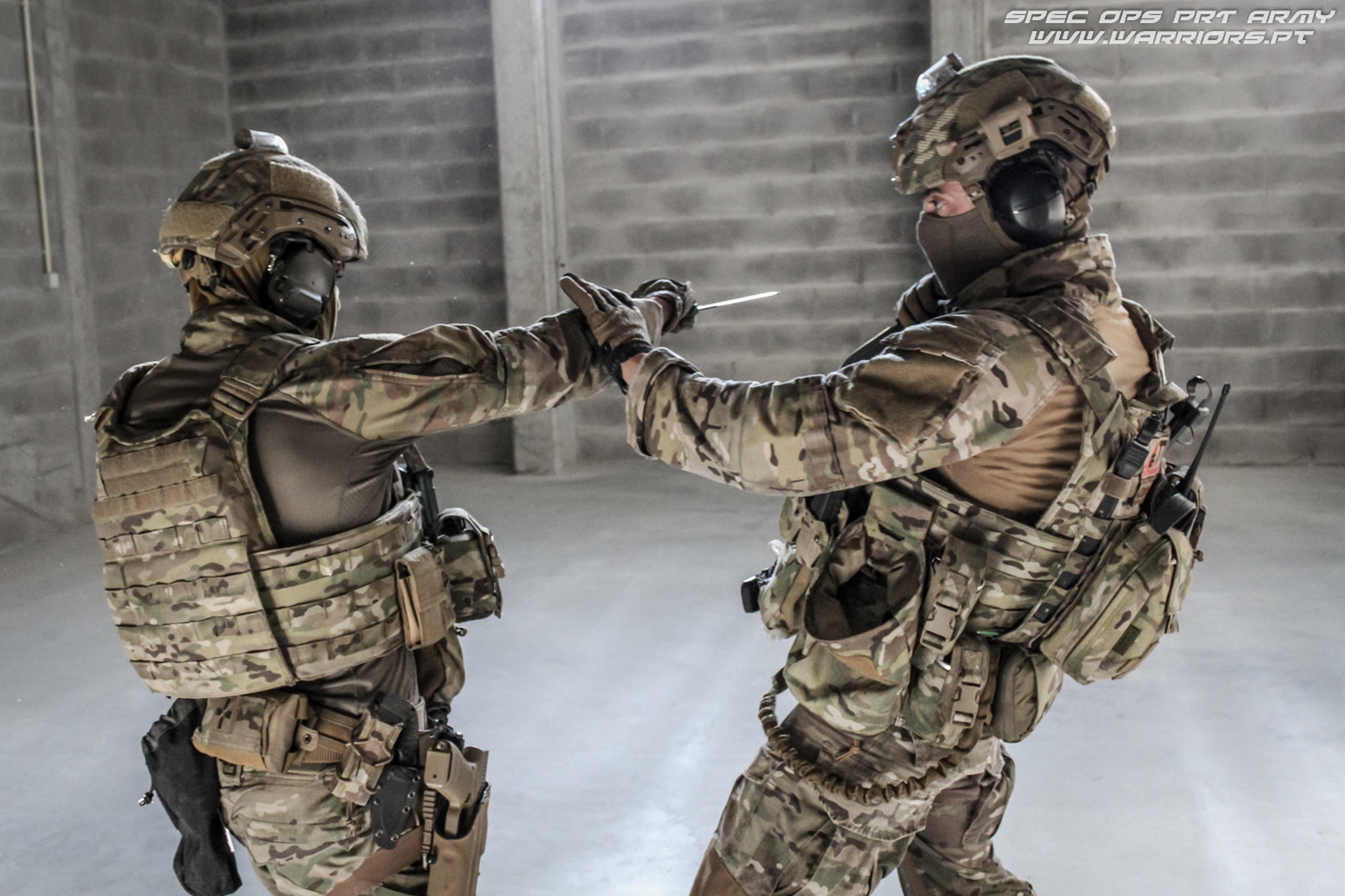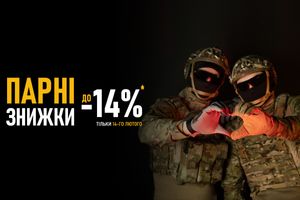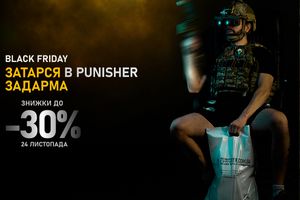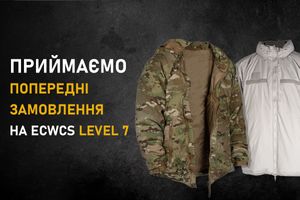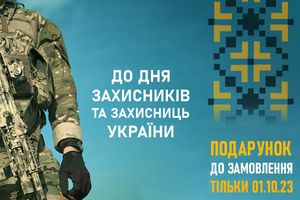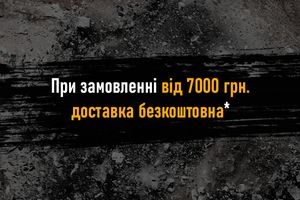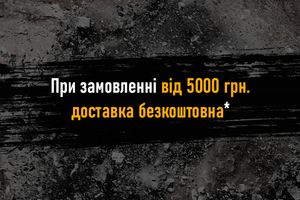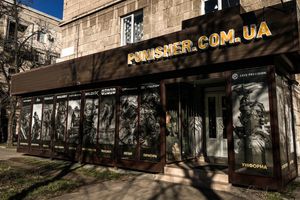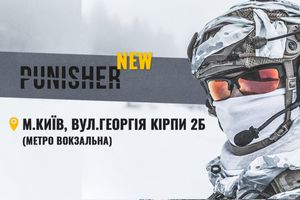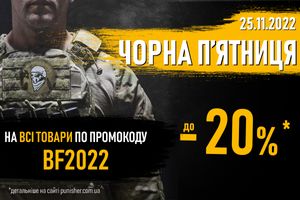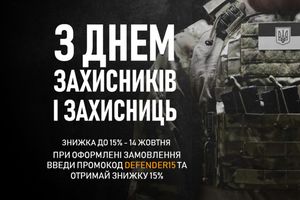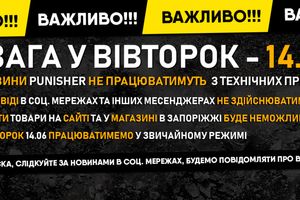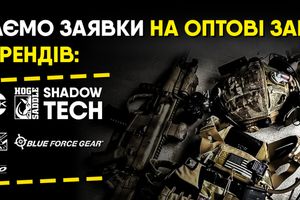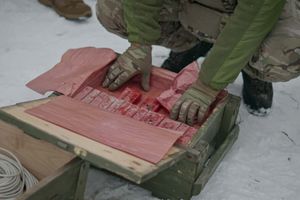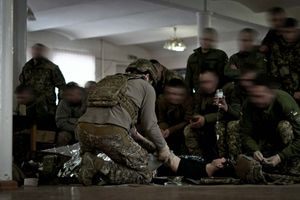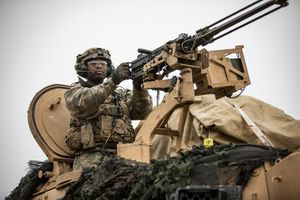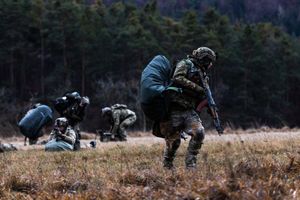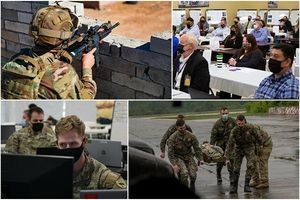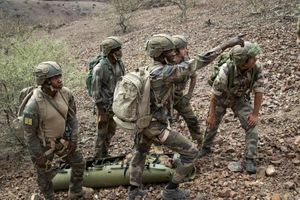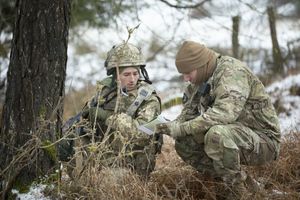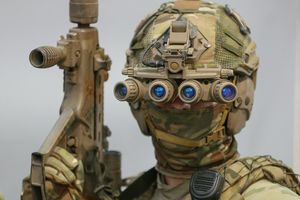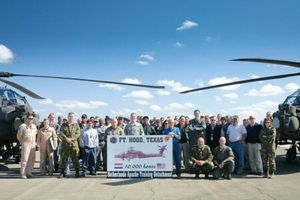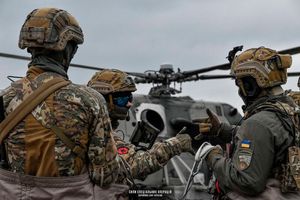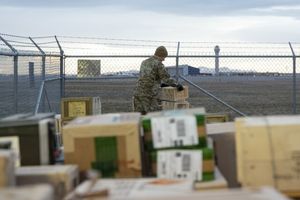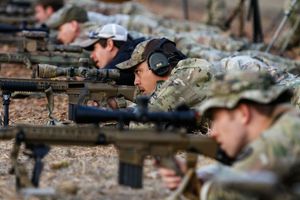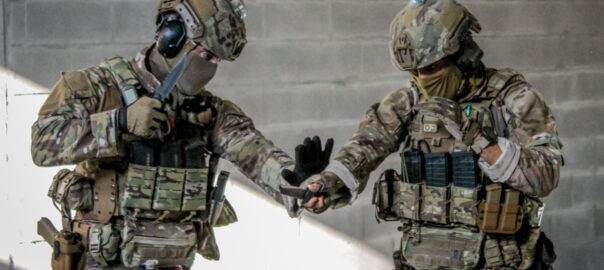
Since prehistory, man has developed the art of killing in order to survive, either to eat or to protect himself. The skills he had for hunting were similar to the skills he had for fighting, which leads us to think that the tactics were similar. Man has always understood that his survival would depend in large part on the skills achieved by his hands.
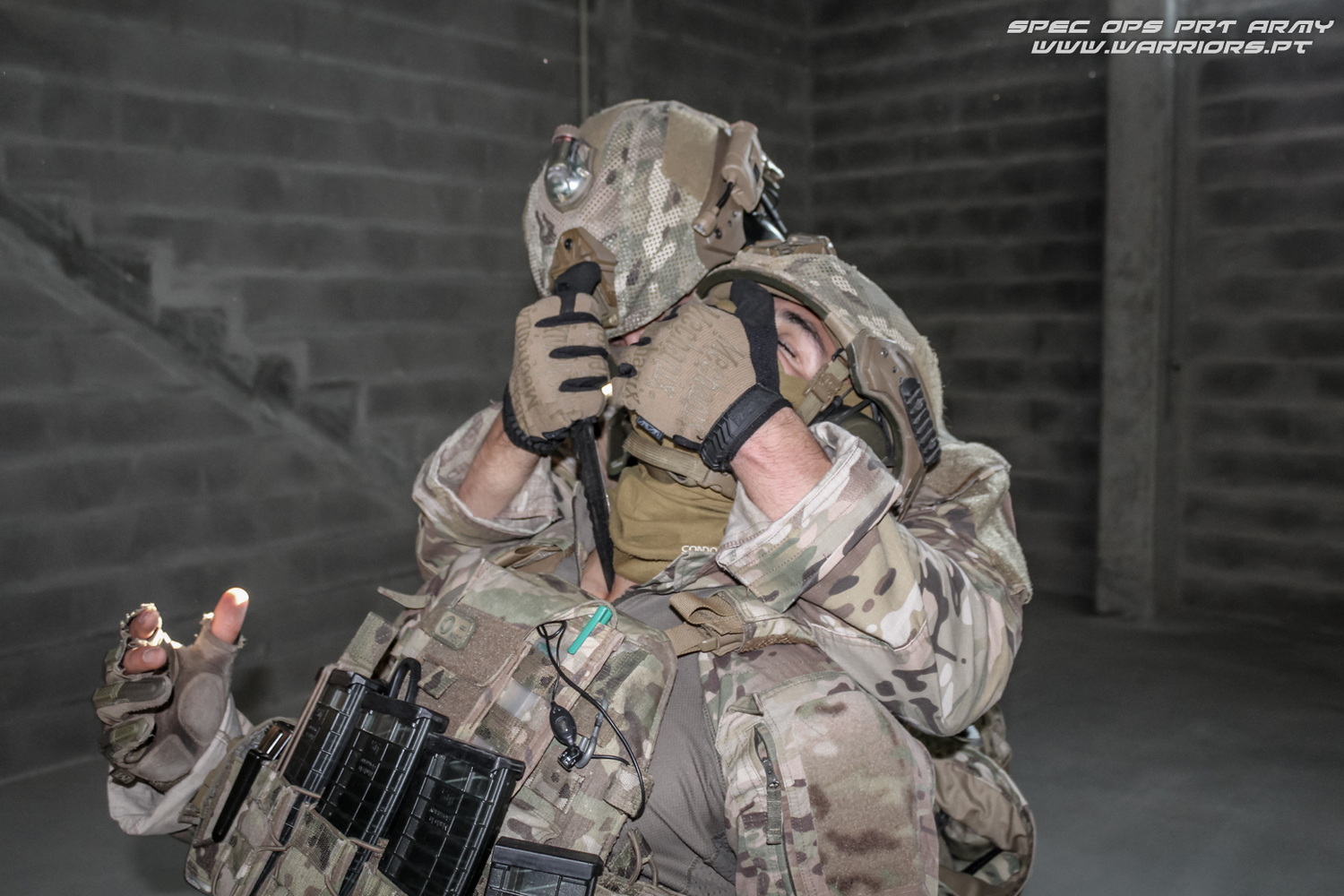 |
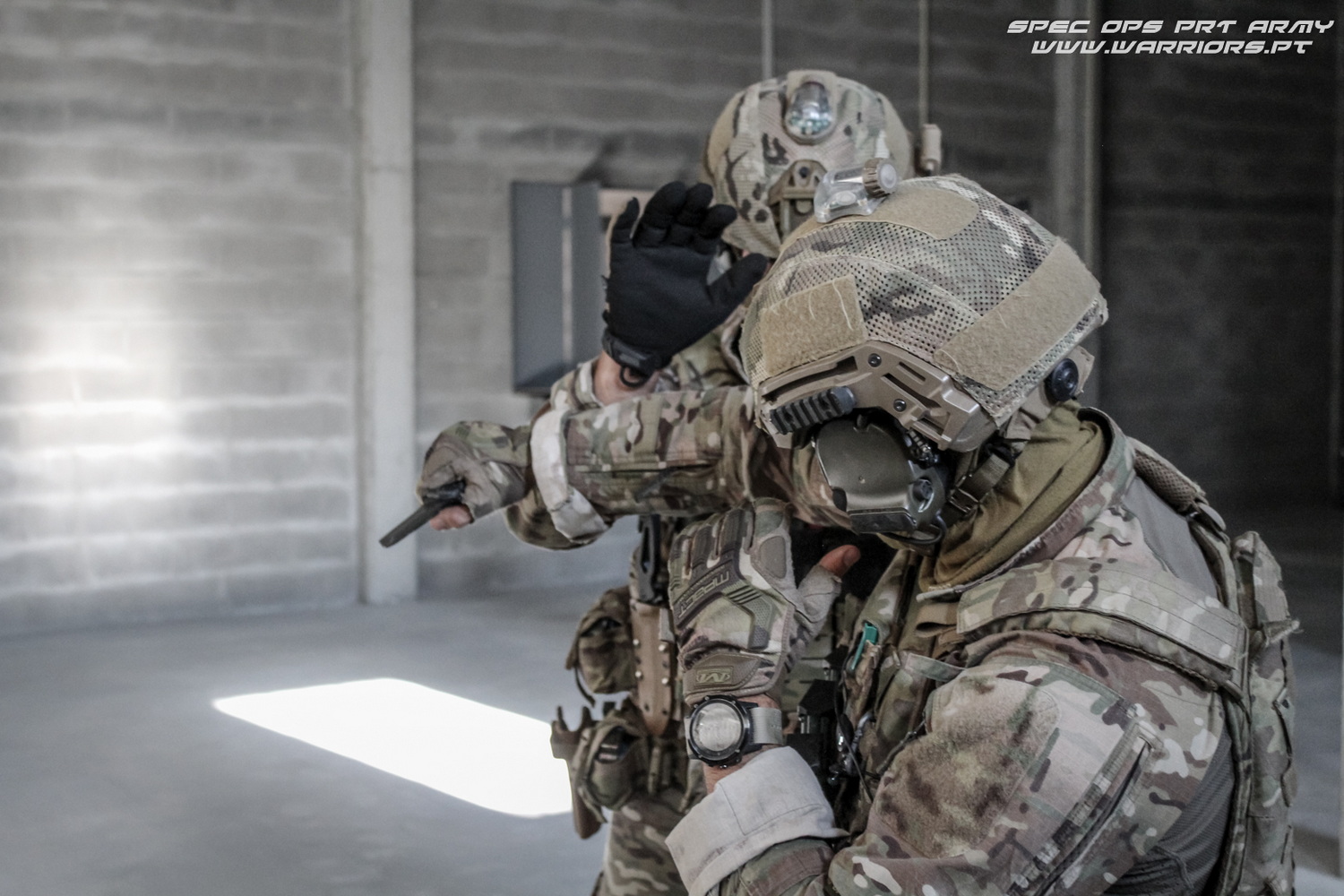 |
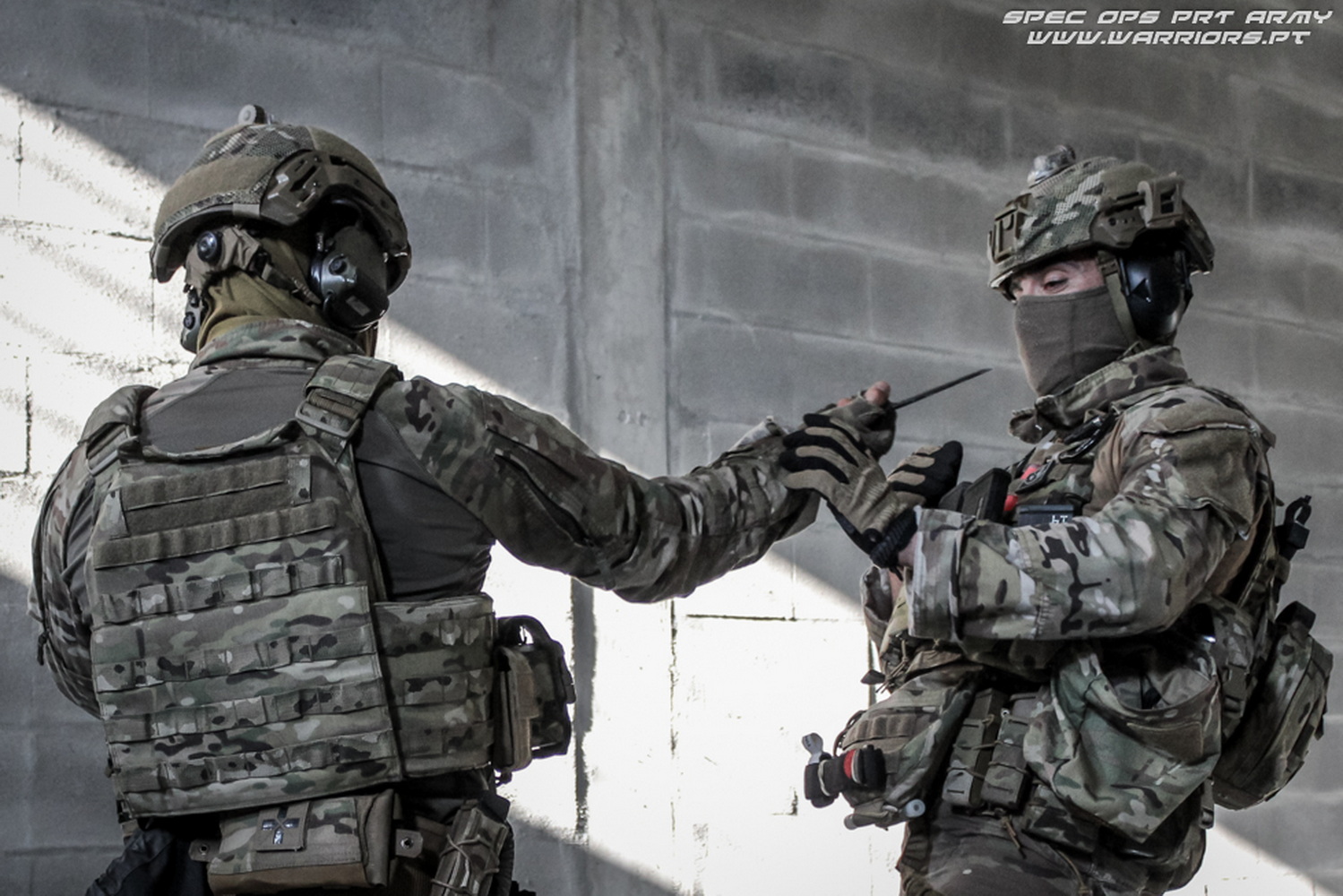 |
Over the generations, the art of combat has improved, it has stopped fighting to see the white color of the enemy's eyes and a distance has begun to be created between the contenders, from the construction of swords and arrows, to gunpowder and ammunition. With these discoveries, the soldier's skills in unarmed combat inevitably atrophied, however, in the last world clashes, where the threat is irregular and appears unexpectedly, it was found that the last resort for ensuring his survival lies in his motor skills.
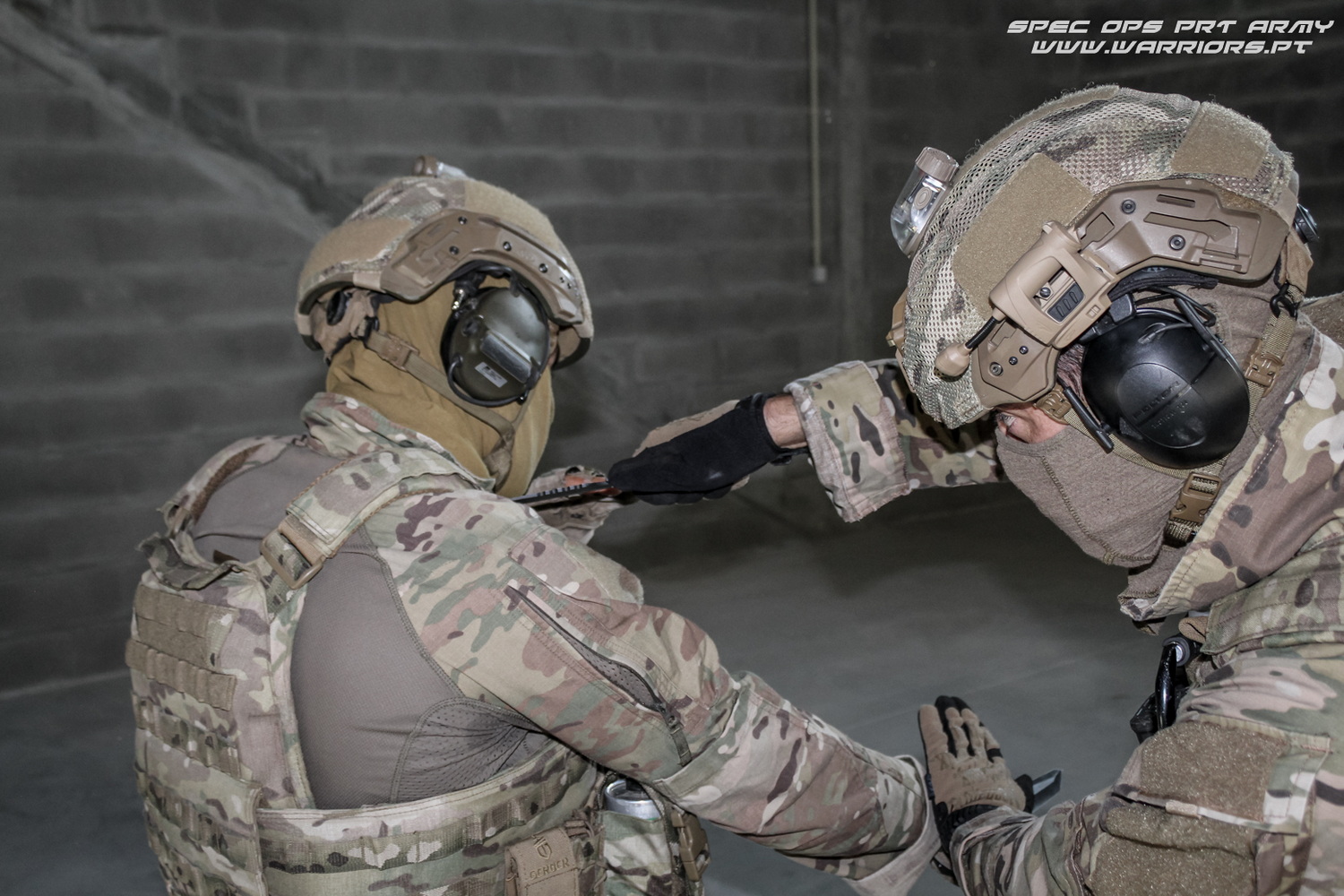 |
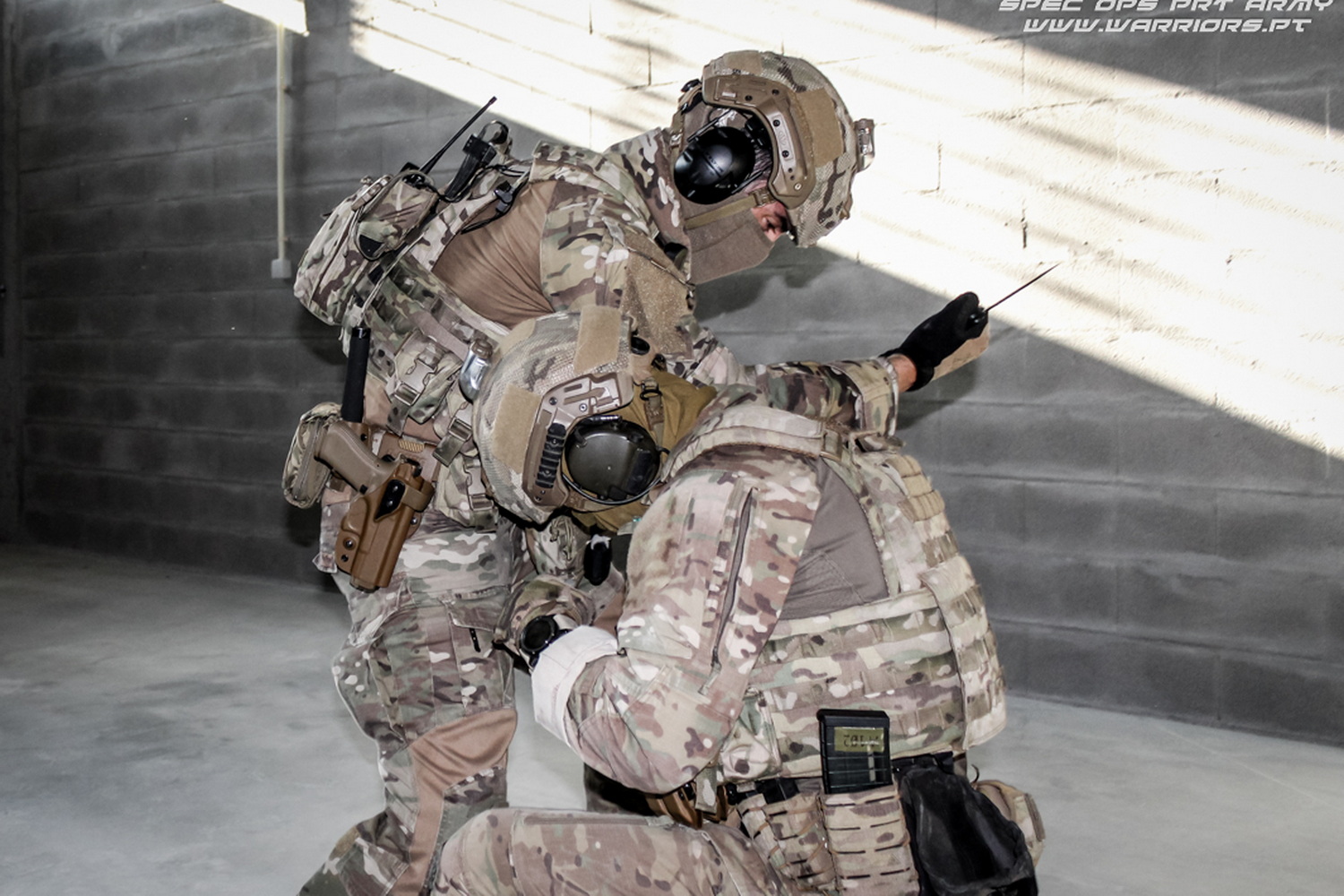 |
Any military man, due to his role and the nature of the tasks he performs, can at any time become the target of several attacks on his physical integrity. Therefore, it is vital that you know how to respond to these threats, whether in a situation of intimidation, verbal threat, unarmed combat and armed combat.
“Military Application Method that aims to acquire effective techniques for use in combat with physical contact, developing characteristics such as adaptability, self-confidence, combativeness, courage and decision and using physical qualities such as strength - flexibility, and speed of reaction, coordination and the kinetic sense. ” (Army Instructional Command, 2002, p. 7 annex “B” to REFE).
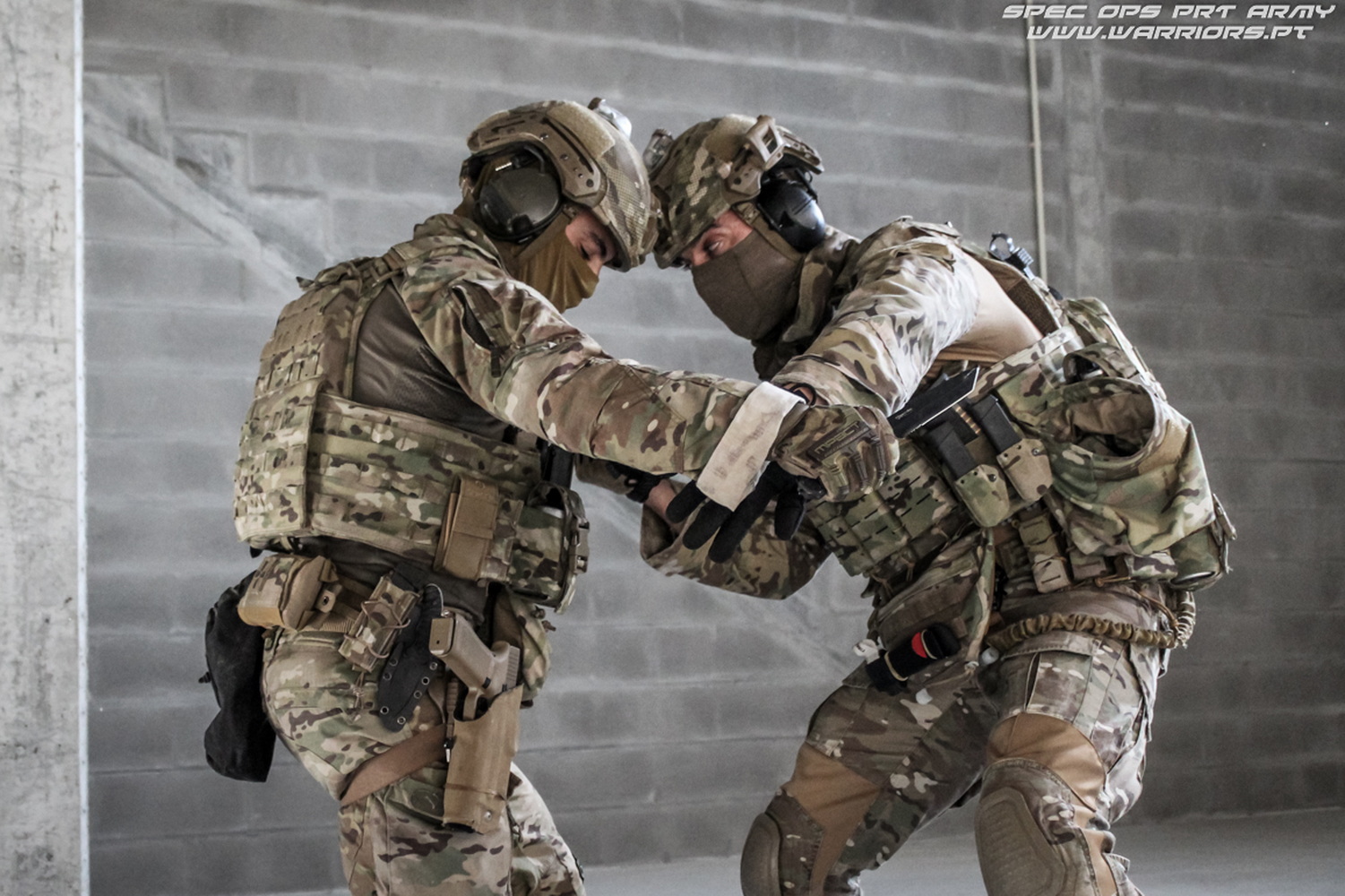 |
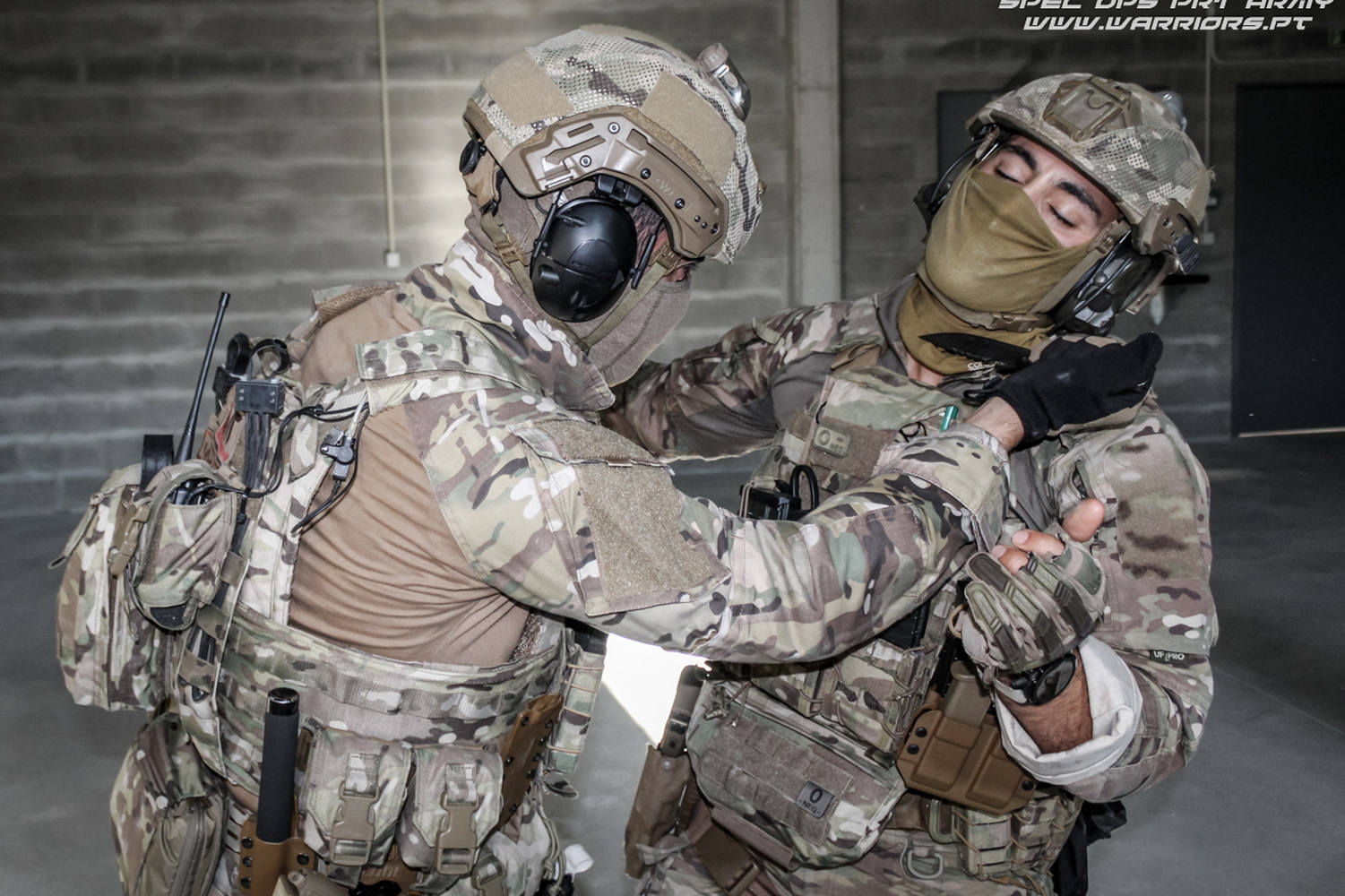 |
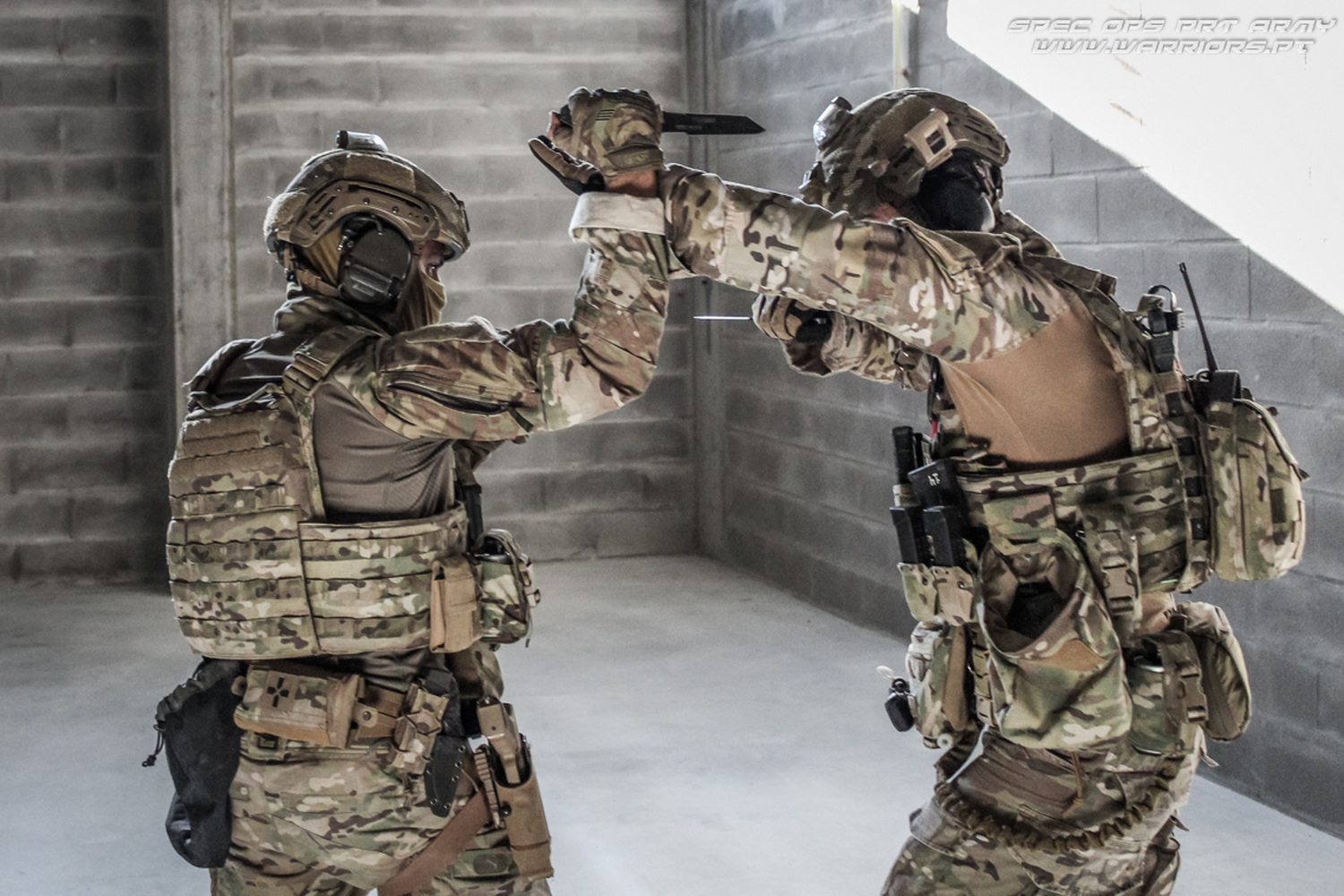 |
The hand-to-hand combat is inserted in the Physical Training component of Military Application, consequently being an activity foreseen in the scope of Military Physical Education, where they carry out a set of activities aimed at the acquisition, development and maintenance of certain gestures, techniques and psychomotor skills in preparation for combat.
In short, the hand-to-hand combat must be understood as the struggle between two or more opponents, using or not, the use of weapons for the confrontation that has become inevitable, where their physical, technical and psychological qualities will be tested along with their ability to combativeness, flexibility and speed, substantially improving your natural reflexes, your courage, confidence, body spirit and self-discipline, thus allowing the military to survive on the battlefield.
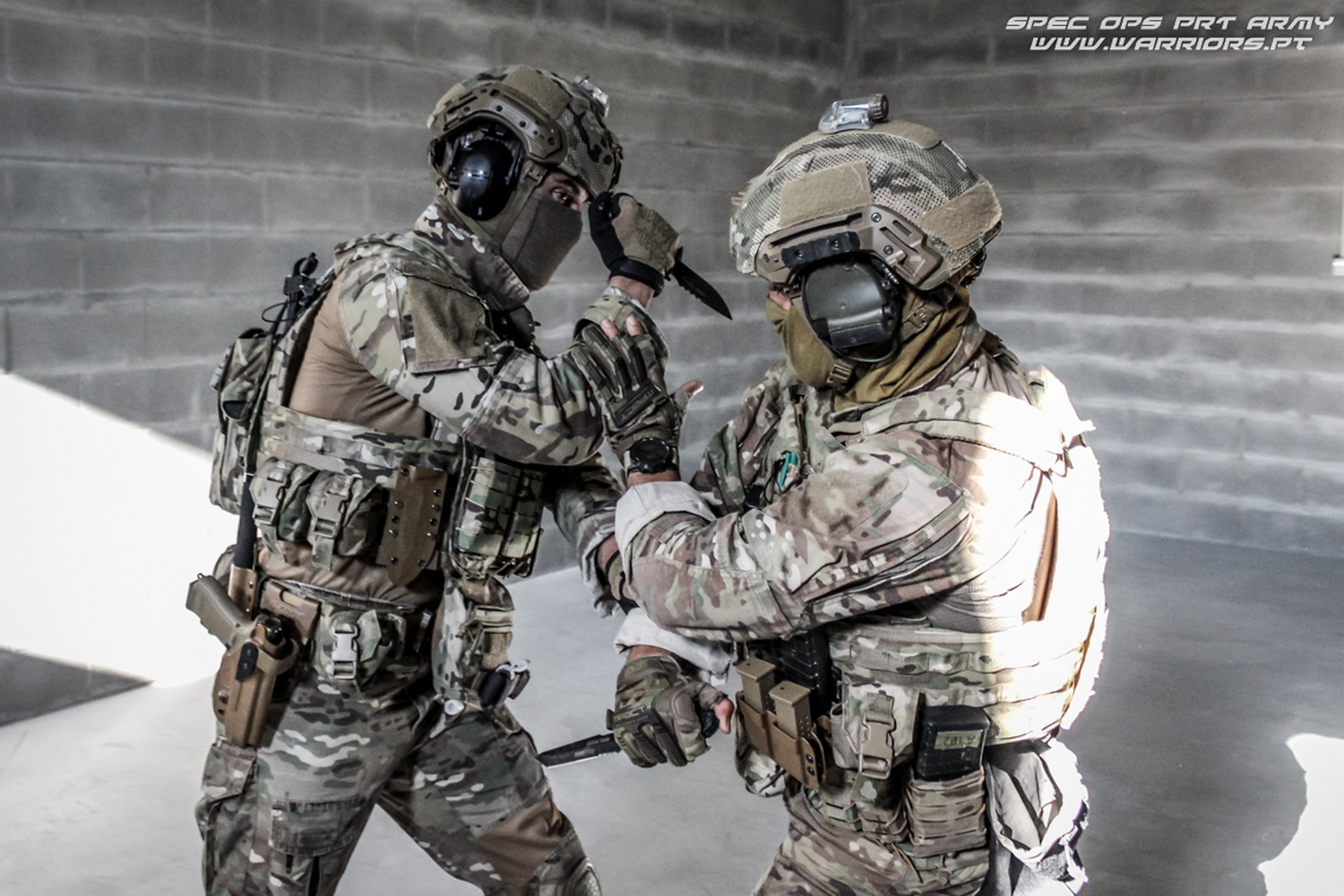 |
|
Self Defense (PD) is understood as the art of preventing aggression or minimizing its risk, using it for protection and individual preservation, thus avoiding becoming a victim. To this end, it implies that the military constantly remains alert and awake to all situations that may arise close to his area of activity. Learning the art of close combat contributes to increasing the soldier's technical proficiency in the various phases of the conflict spectrum, in any military operation.
The Melee fight of self defense has as principles:
Serenity - The military must deal and face situations mentally without fear or hatred controlling their actions;
Perception - In a combat environment it is essential for the military to be aware of everything that surrounds him, namely in the 180º of his rear. Over the course of the fight more opponents may appear, and in these cases the situation is extremely complicated, since we are dealing with multiple opponents;
Dominant Position - During combat it is crucial for the military to ensure a good combat posture, that is, the ideal posture and this must translate into the correct position of your legs
and arms, thus allowing a good balance keeping the body weight distributed, but at the same time it must be a position that gives it easy movement, necessary for attack and defense techniques;
Distance - The distance is differentiated due to the blows and techniques that the military uses when in combat. The logical reasoning of the technique used must be done according to the distance the opponent is at;
Aggressiveness - Possibly the most important principle in the hand-to-hand combat . When the military resort to close combat, the level of aggression must be progressive. Once this principle is broken, defeat is inevitable. The combat will only end when the opponent is neutralized;
Fluidity - In the process of combat the technique must be in harmony with the tactic used in order to maximize the potential and causing the desired effect on the opponent as quickly as possible;
Simplicity - The techniques used in combat must follow the line of simplicity, but always looking for effectiveness. The less elaborate movements, the less chance there is of compromising the stated principles.
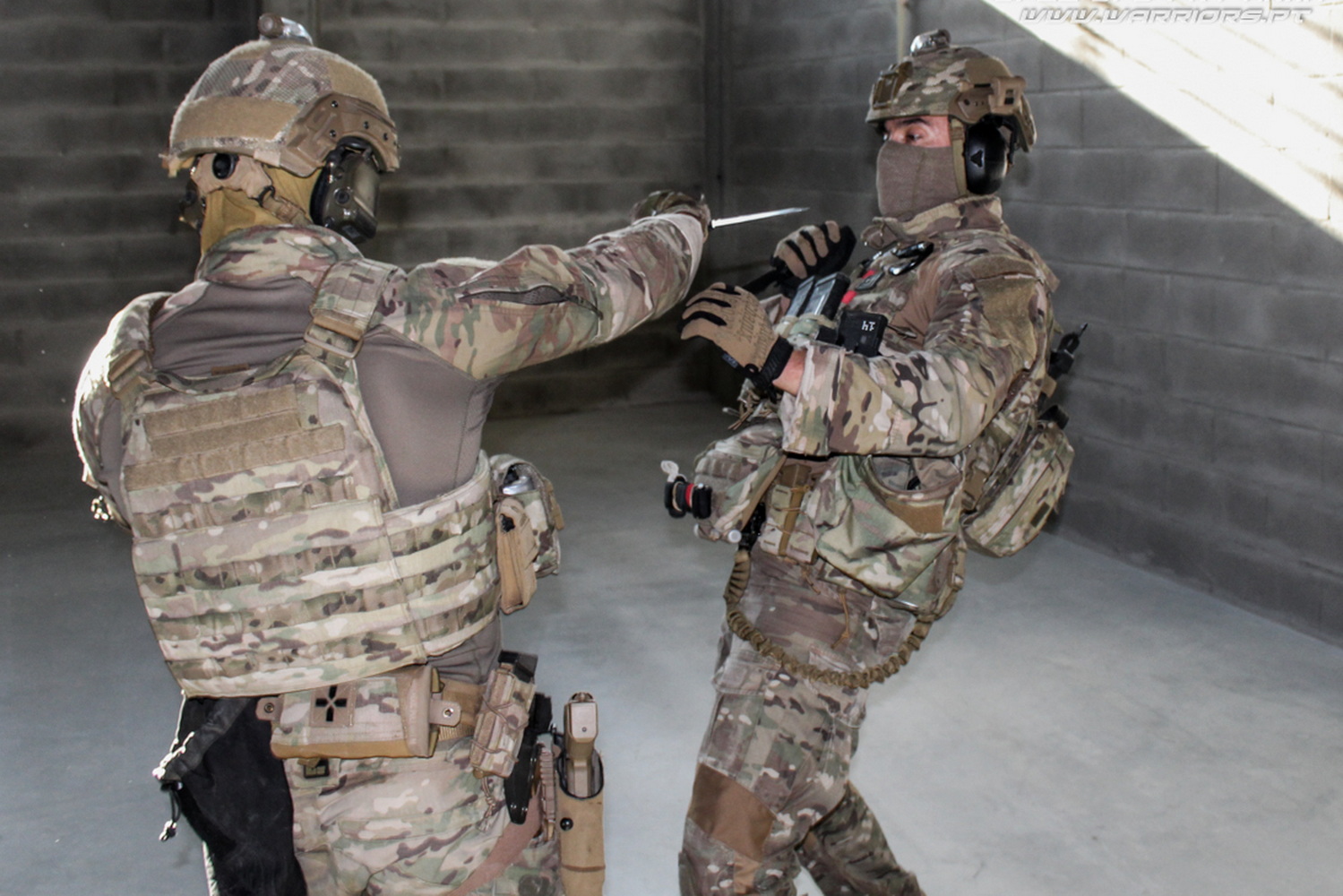
Although we commonly associate the term “Melee Combat” with the confrontation between two or more people who fight at short distances, where the use of firearms becomes inappropriate, it is not at all the most correct, so I venture to to say that over many years, we were “clumsy” in the way we evaluated this vector, unequivocal proof of the urgent need to prioritize and integrate this theme in the formation and training of the Modern Soldier of the Portuguese army, in order to prepare him for obstacles that can oppose the fulfillment of various tasks / missions.
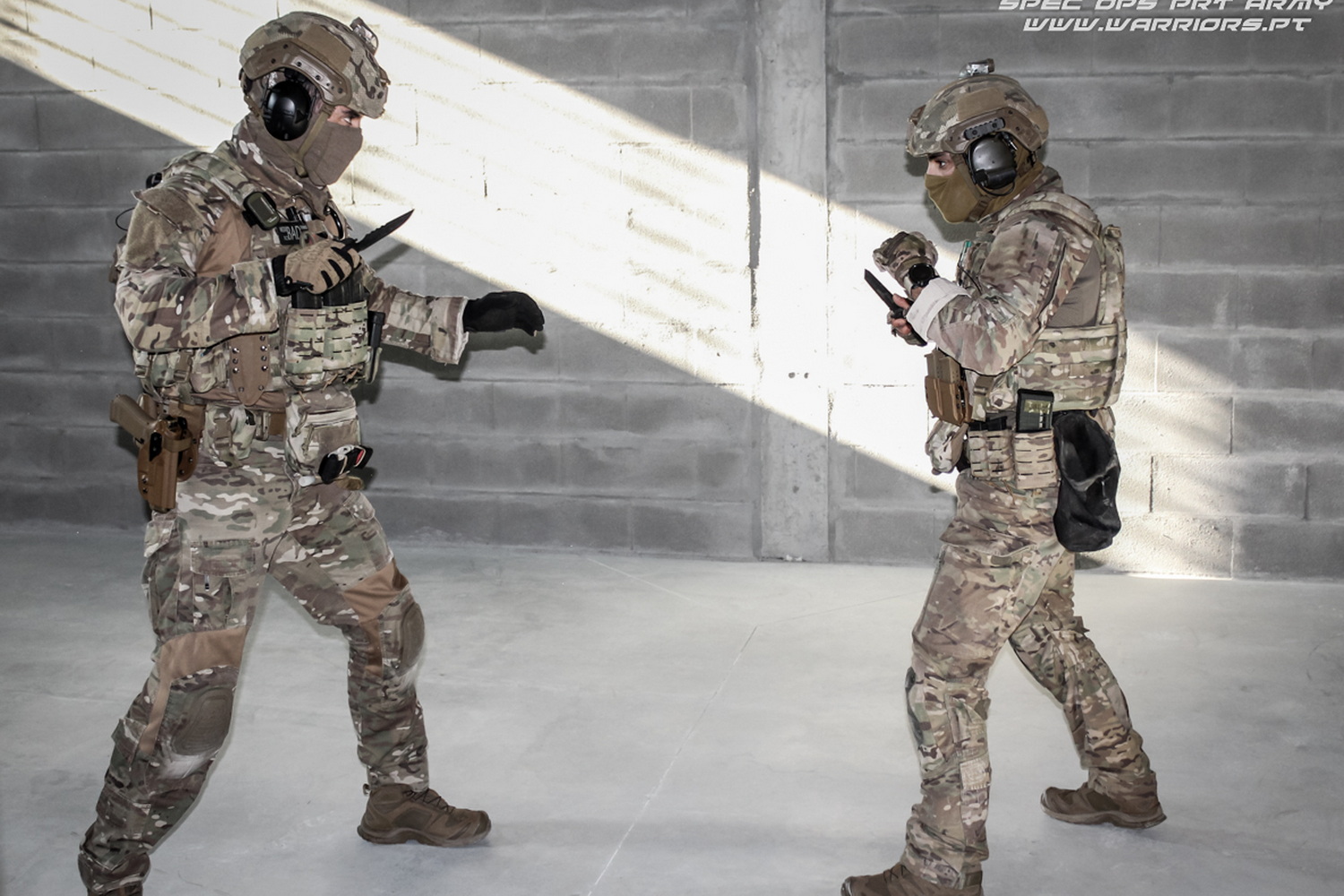 |
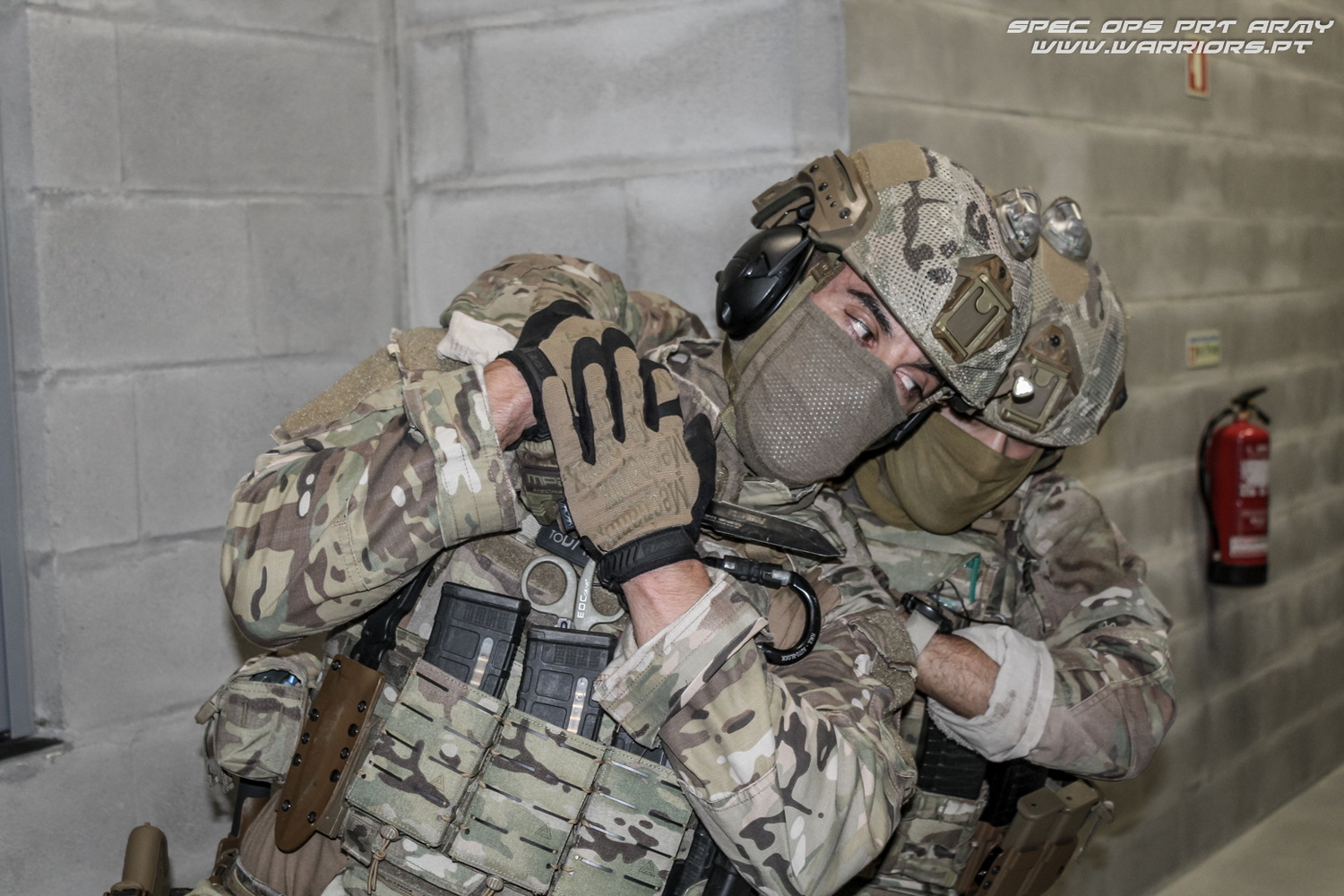 |
Some authors argue that the DP concept is associated with the civilian aspect while the hand-to-hand combat concept is associated with the military aspect, since the first is based on preventive / defensive measures, unlike the second that relies on offensive / lethal measures. Others add that PD has the principle of avoiding conflict and that it must be applied within a logic of safeguarding physical integrity and survival, unlike hand-to-hand combat that can be used to cause lethal results.
Therefore, it is possible to verify that there is some disparity regarding the purpose and framework of each of the disciplines.
 |
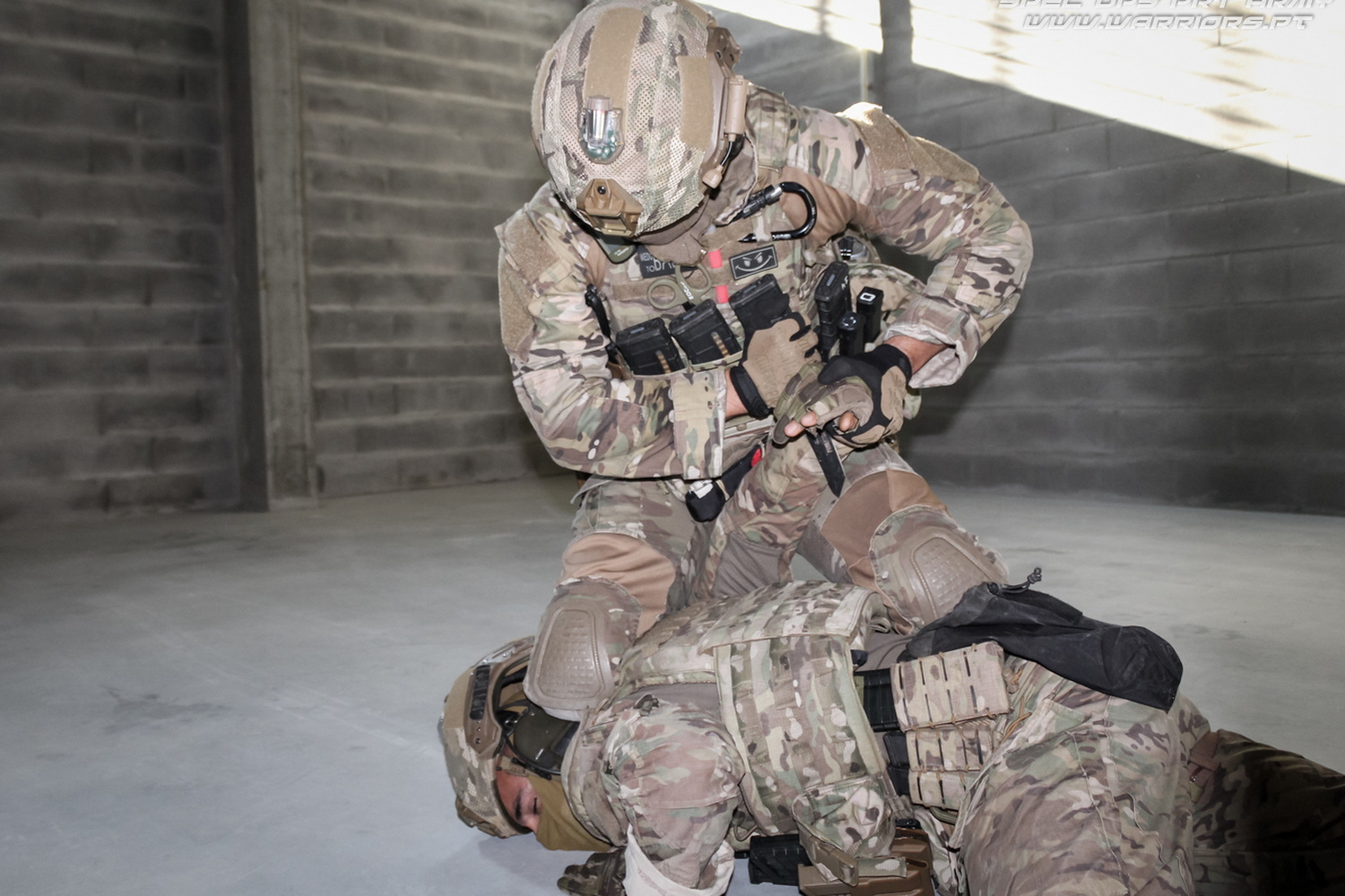 |
Both in the civilian and military aspects, the proportional use of force must always be taken into account. Civilians are governed by the penal code, the military by ROE. The military cannot always kill, as “killing” is still a possibility for a civilian, when and only his life depends on it. This to conclude that both disciplines can be present in either one aspect or another.
The Modern Soldier must be able to fight in the various modalities: long weapon (assault rifle, DMR, Machine gun, shotgun); handgun (resource weapon / secondary weapon); combat with the use of cutting objects (bayonet, combat knife, ax, machete, razor); and finally, without weapons, using only their motor skills. This will therefore be the logic of needs for the attribution of motor skills of the Modern Soldier in the Close Quarters Combat (CQC) vector.
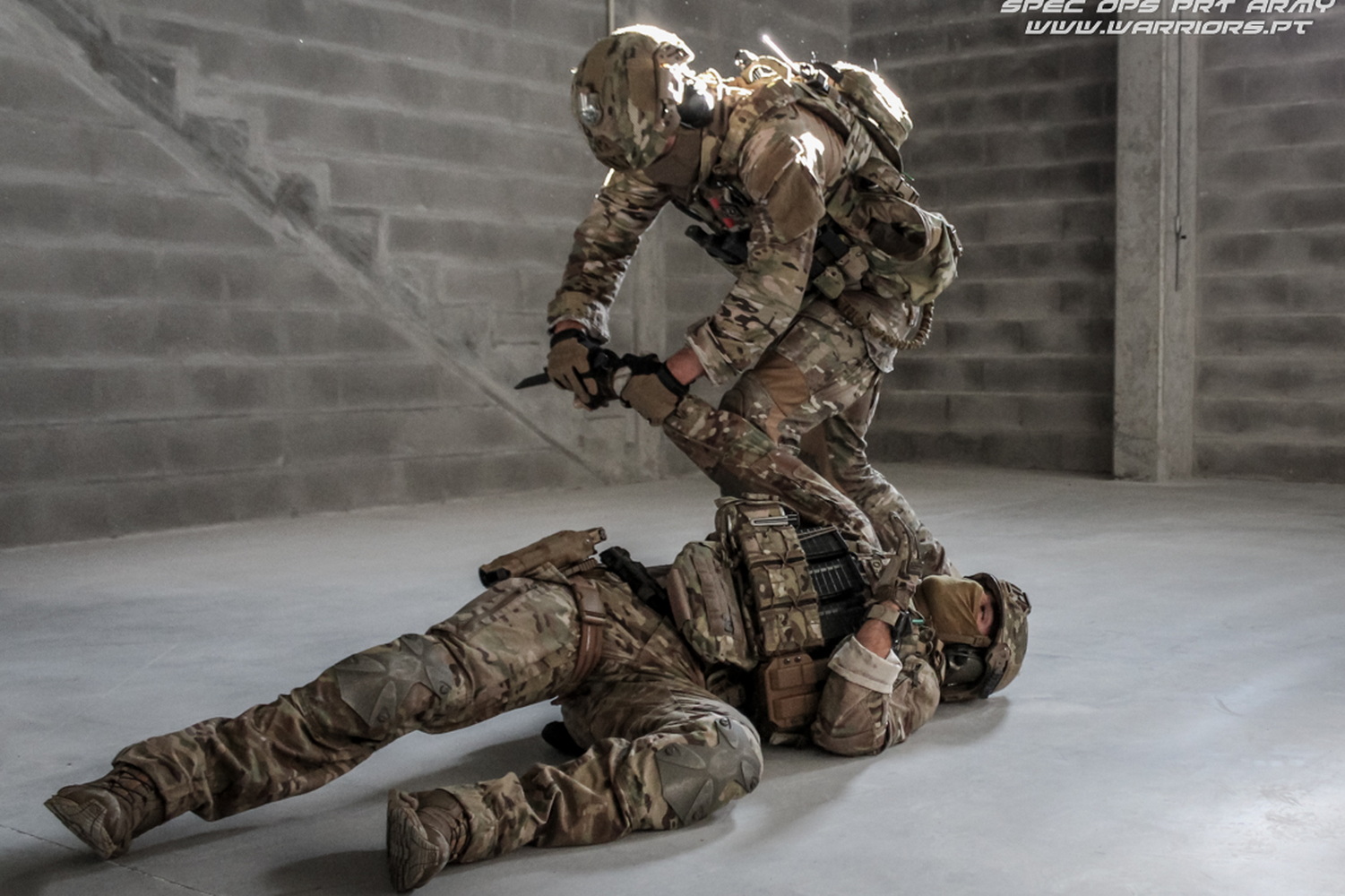 |
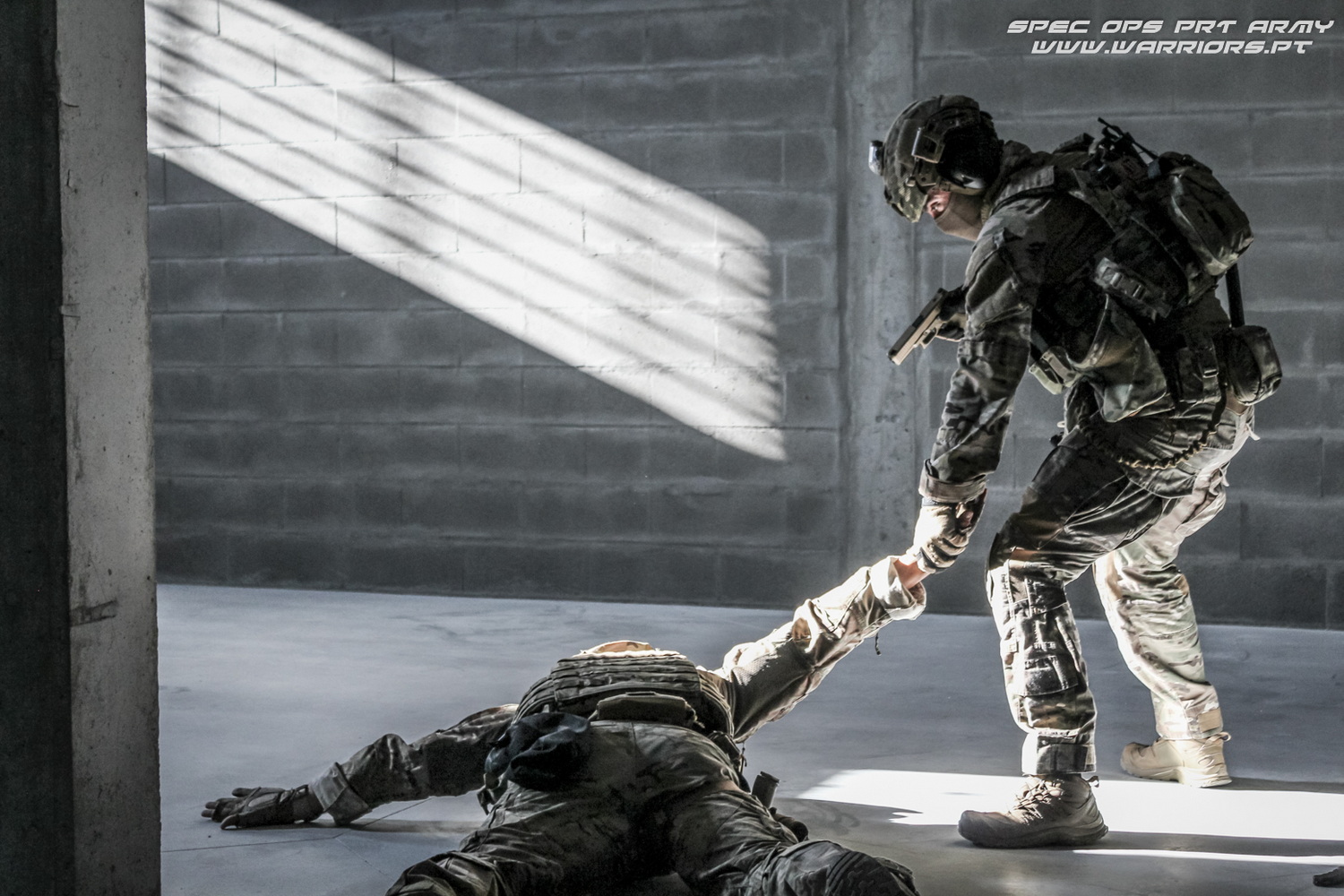 |
The application of the CQC vector, in the formation and training of the Modern Soldier, brings many advantages, namely the development of his motor skills, as well as awaken the senses that give rise to the reflection. It attributes to each element a defensive sense and stimulates the offensive sense, which, of course, is absent from the majority of the beginning military, but which must be latent in the more advanced ones. This vector is subdivided into the discipline of hand-to-hand combat techniques and self Defense techniques.
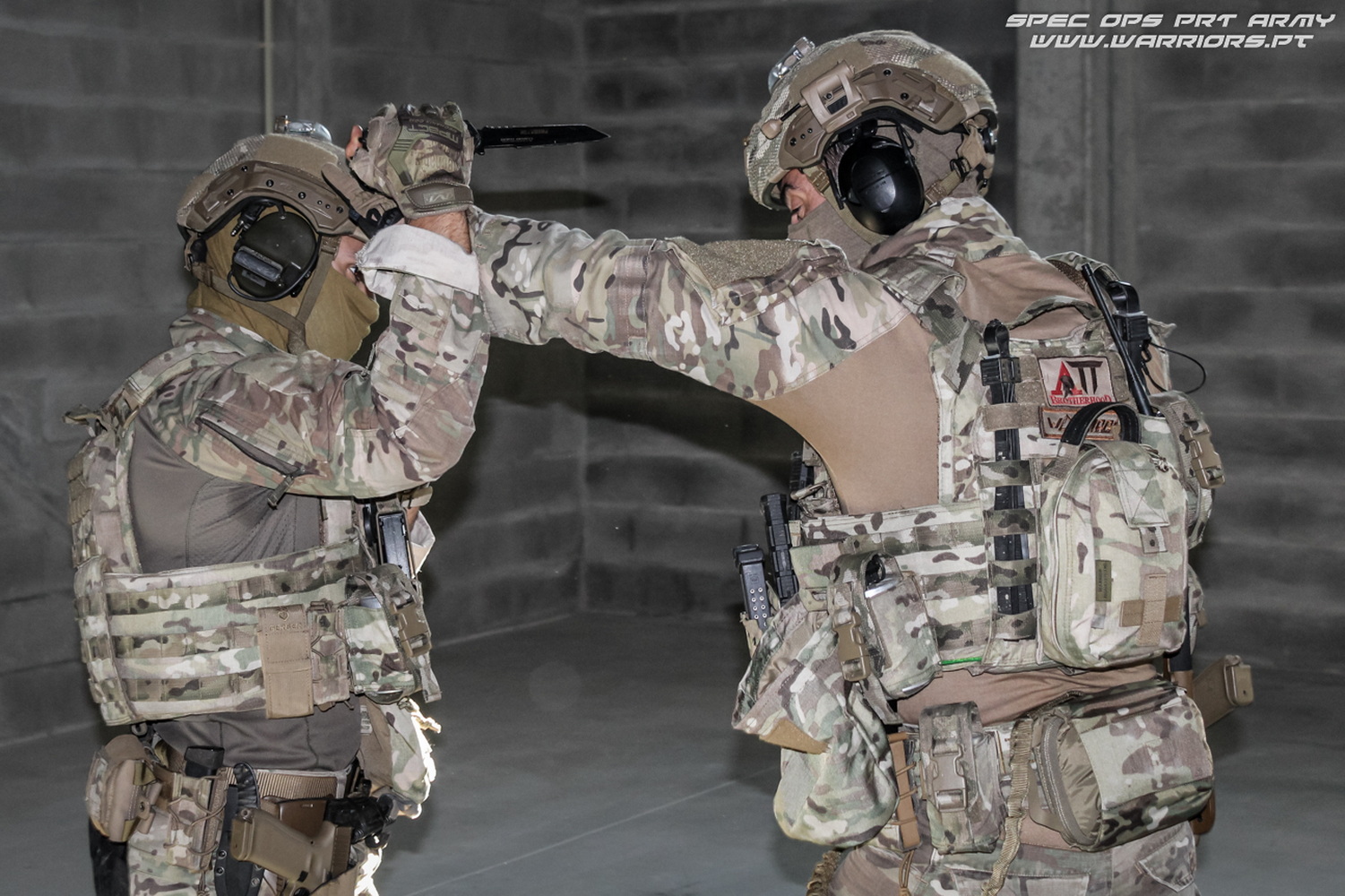
The hand-to-hand combat seeks, through the use of various combat techniques, to develop the military's motor coordination to overcome with intelligence and technique, the variables of a possible aggression of violent contact. This subphase aims to expel fear, develop physical condition, courage, combativeness and control of movements, resulting in total balance of mind and body.
With self defense , the aim is to enable the military to defend itself against opponents, armed or not, through its members and / or with the aid of weapons or objects, with no special purpose. It is indicated to the military, a set of critical points in the opponent's body that together with simple techniques will increase their skills in unarmed combat. This sub-phase seeks to develop skills such as adaptability, self-confidence, reflex and speed of the military.
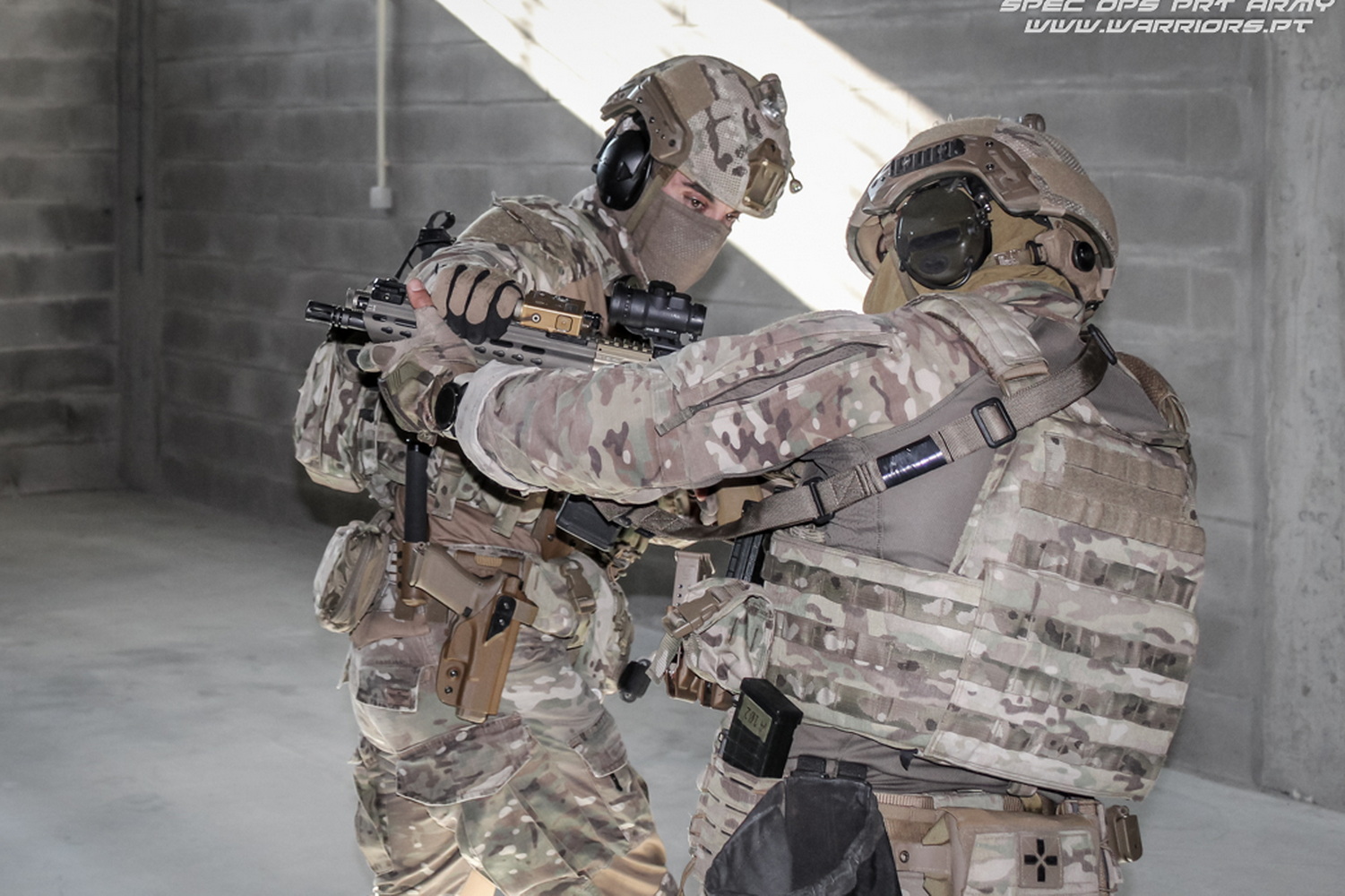 |
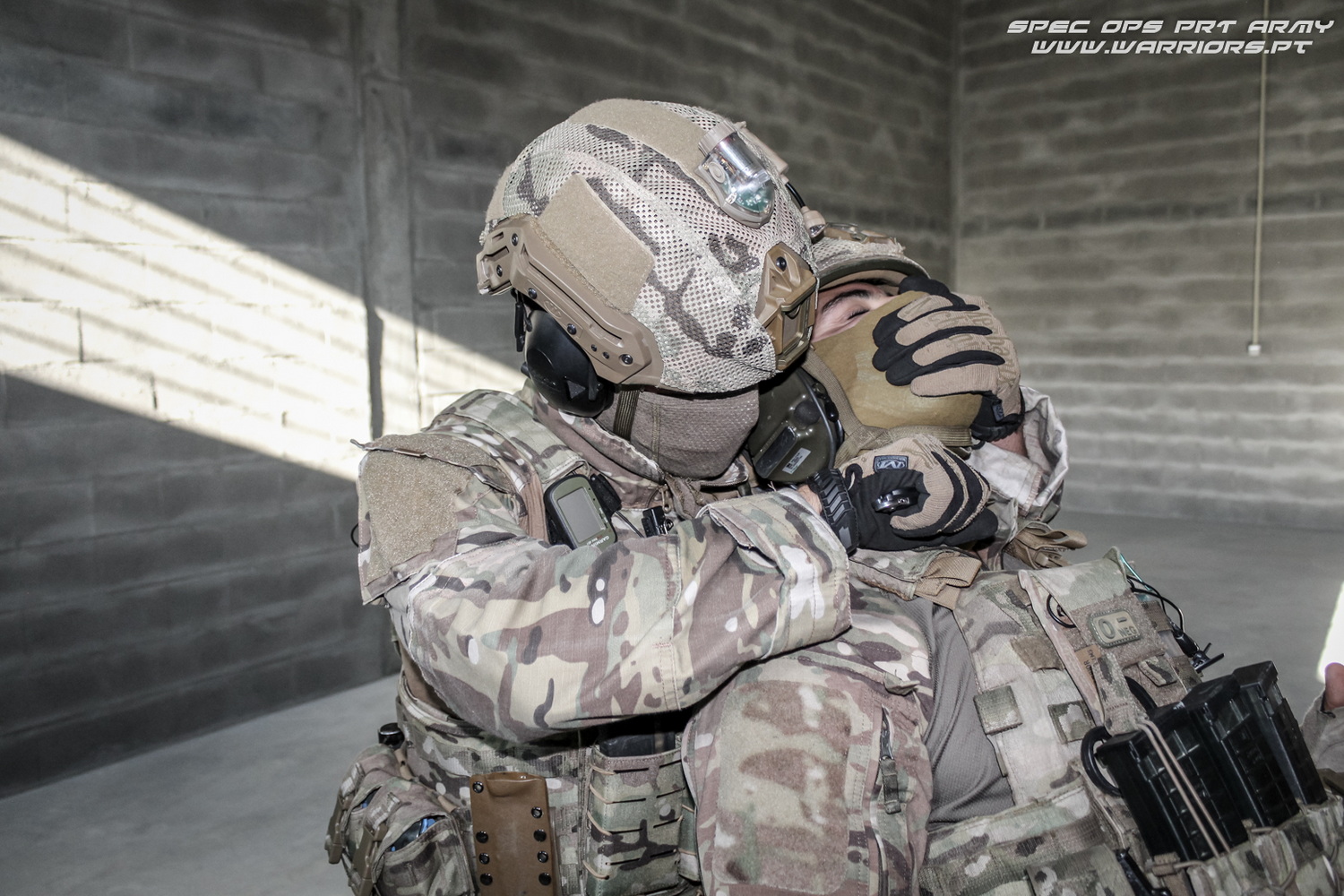 |
In short, and referring to the four pillars of survival: adequate mentality; situation awareness; skill proficiency; and physical fitness, the Modern Soldier after acquiring all these skills, which form the basis for success in all combat situations, will be able to give a firm, explosive and lethal response, according to the situations.
And in the Special Operations Forces (FOEsp), does the mastery of hand-to-hand combat techniques have an impact on the fulfillment of the mission? How is the technical knowledge acquired by these Elite Soldiers profitable?
Yes! It is extremely important. Let's say it is the maximum exponent of capabilities acquired by an Operational. As we know, the success of SOF depends to a great extent on the agility and flexibility of its operations, but above all on the symbiosis of four prominent factors: the right man; on the right place; there is a right time; with the right training and knowledge. Within the main missions of the FOEsp, Special Recognition (RE), Military Assistance (AM) and Direct Action (AD), the latter stands out because it is the one that requires more and more precision on the part of the operational staff who perform it.
Characterized by being a precise and direct action on a specific target, limited in terms of action and duration and which is usually performed on well-defined targets, of high criticality and of high strategic or operational significance, it is in itself an action that requires a complete domain by the operational staff. The set of skills most profitable in this type of actions are those where close contact will be guaranteed, that is, the short-distance shooting and the hand-to-hand combat.
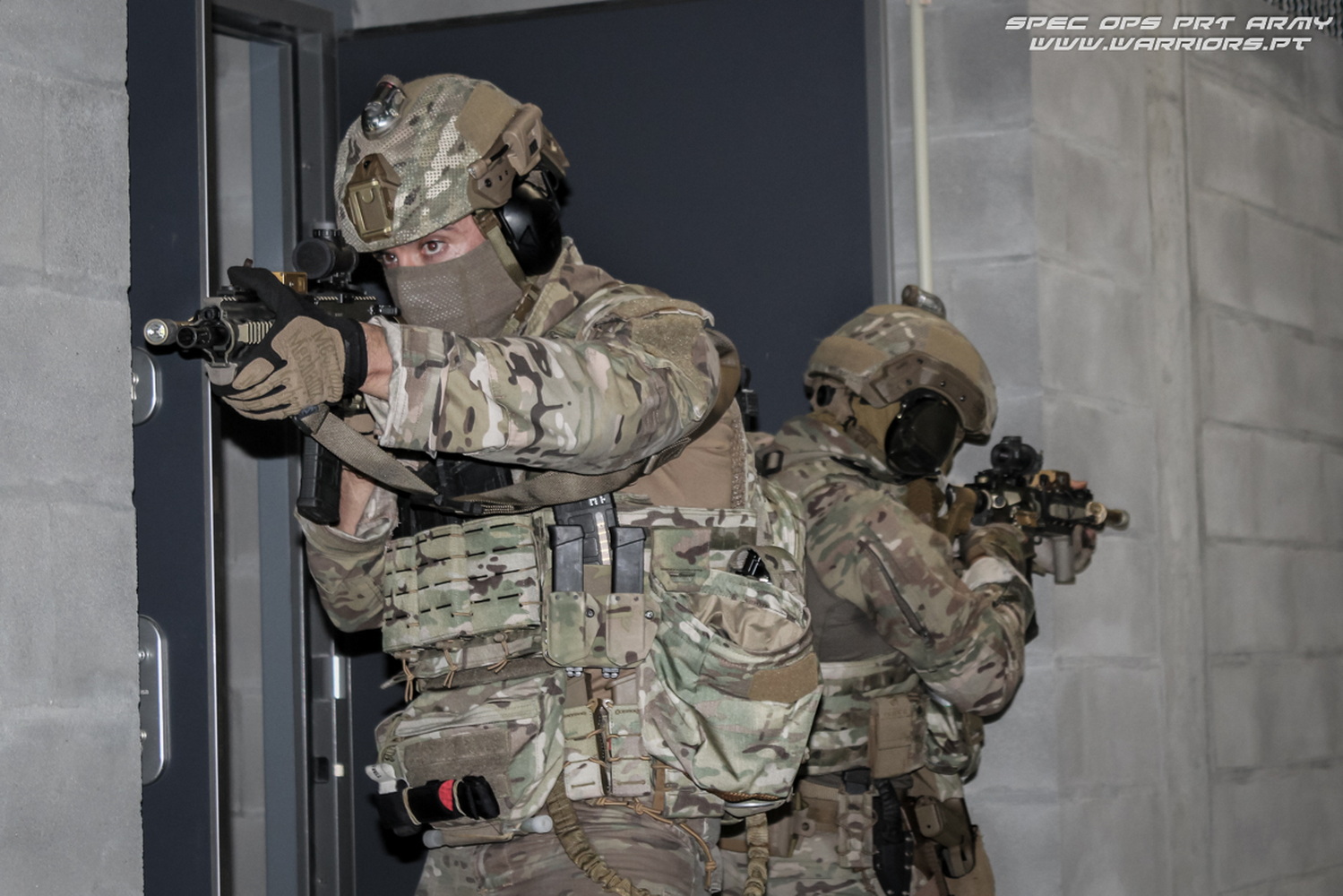
In times when the combat takes place fast and in a three-dimensional environment / Close Quarters Battle (CQB), there are things that can fail and usually we need them most. But, if that happens, the operational has to adapt, and if necessary, to close the contact as soon as possible to eliminate the threat effectively. And this is where the separation from the conventional soldier resides.
While conventional forces must be prepared to use hand-to-hand combat techniques at the limit, FOEsp have to adapt their training so they don't have to use them only in limit, but at a certain time when the mission requires it. As for the use of hand-to-hand combat by FOEsp, the concept of survival remains present, but above all the concept of “Mission Accomplishment” should be highlighted. When hand-to-hand combat is applied to survive, there is an understanding that the focus is only on a threat and after its neutralization there is a recovery time to reorganize and continue if necessary, contrary to the objective of applying the hand-to-hand combat to fulfill a task or removing an obstacle.
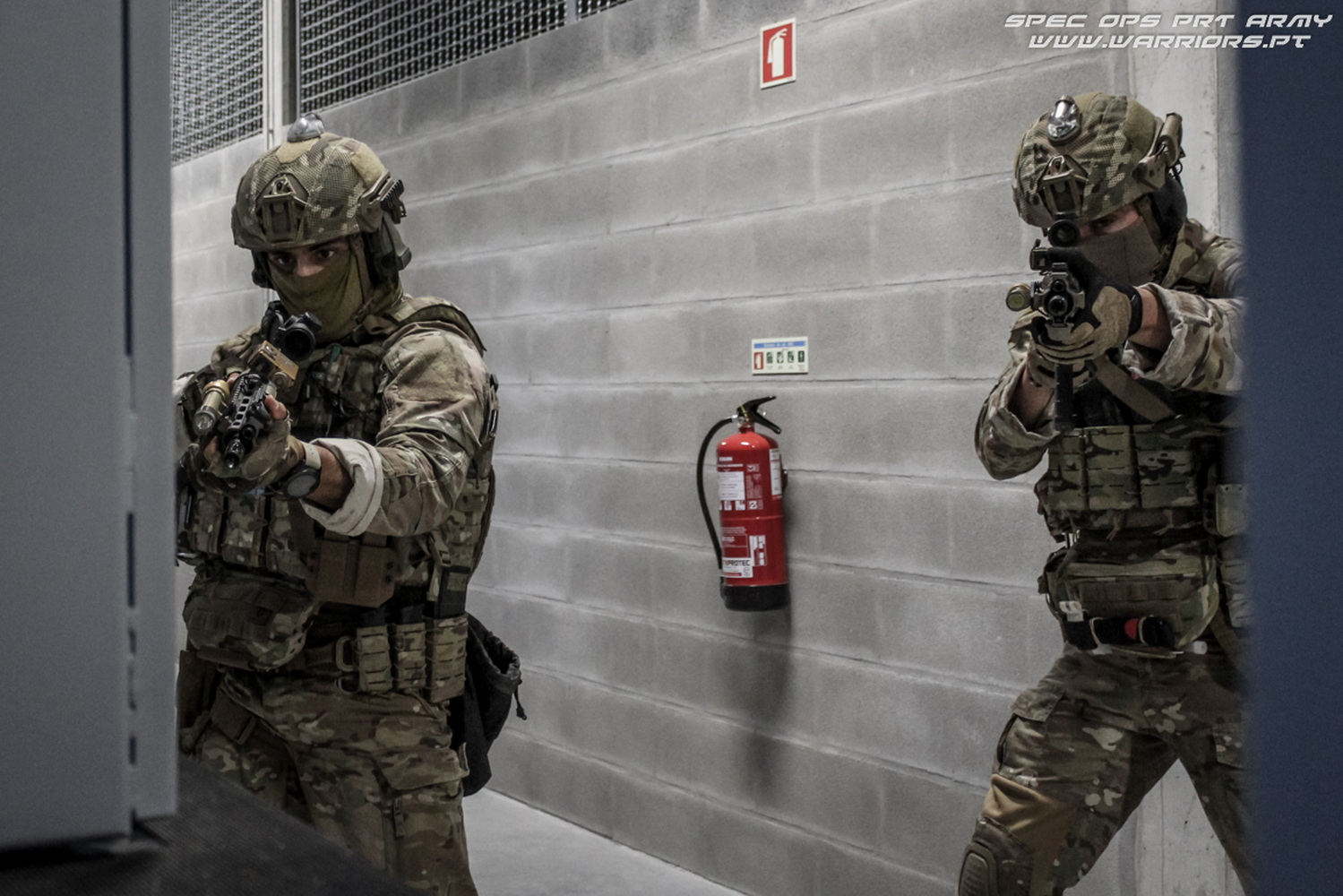 |
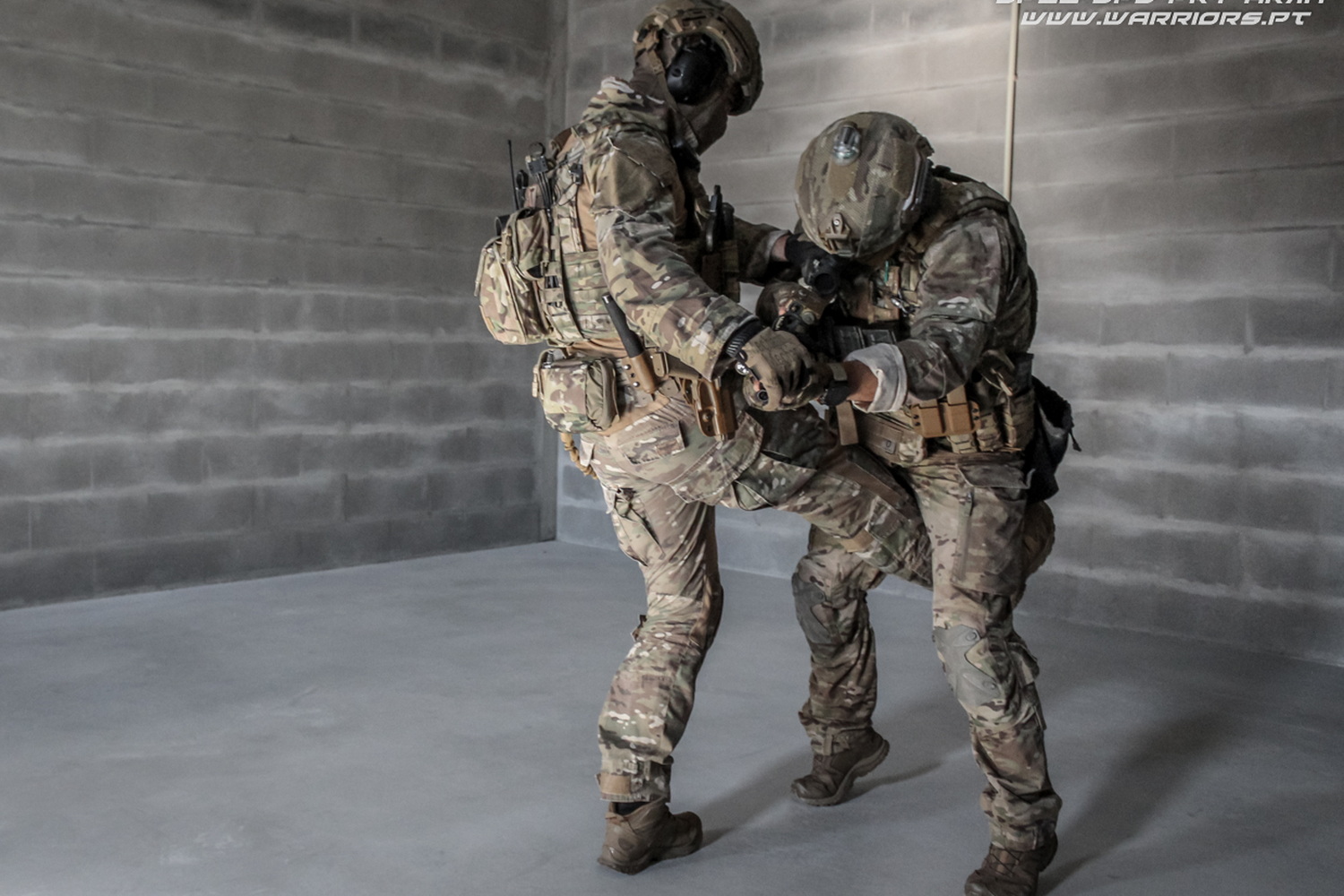 |
FOEsp, in CQB, have to be stealthy and lethal, with no time to stop and reorganize most of the time. That is why the Operational must master and apply, without doubts or hesitation, the skill set it has, in order to guarantee the success of the mission. There is no time to fight in a balanced way, you have to be smart and insightful to lose as little time as possible and avoid maximum exposure.
Relating the hand-to-hand combat in FOEsp to a concept of mission fulfillment and not just survival, this explains why several similar forces are constantly changing their hand-to-hand combat training programs. Being one of the elementary tasks for the Operational, the mastery of hand-to-hand combat techniques, there is a need to dedicate hours of training to achieve technical proficiency.
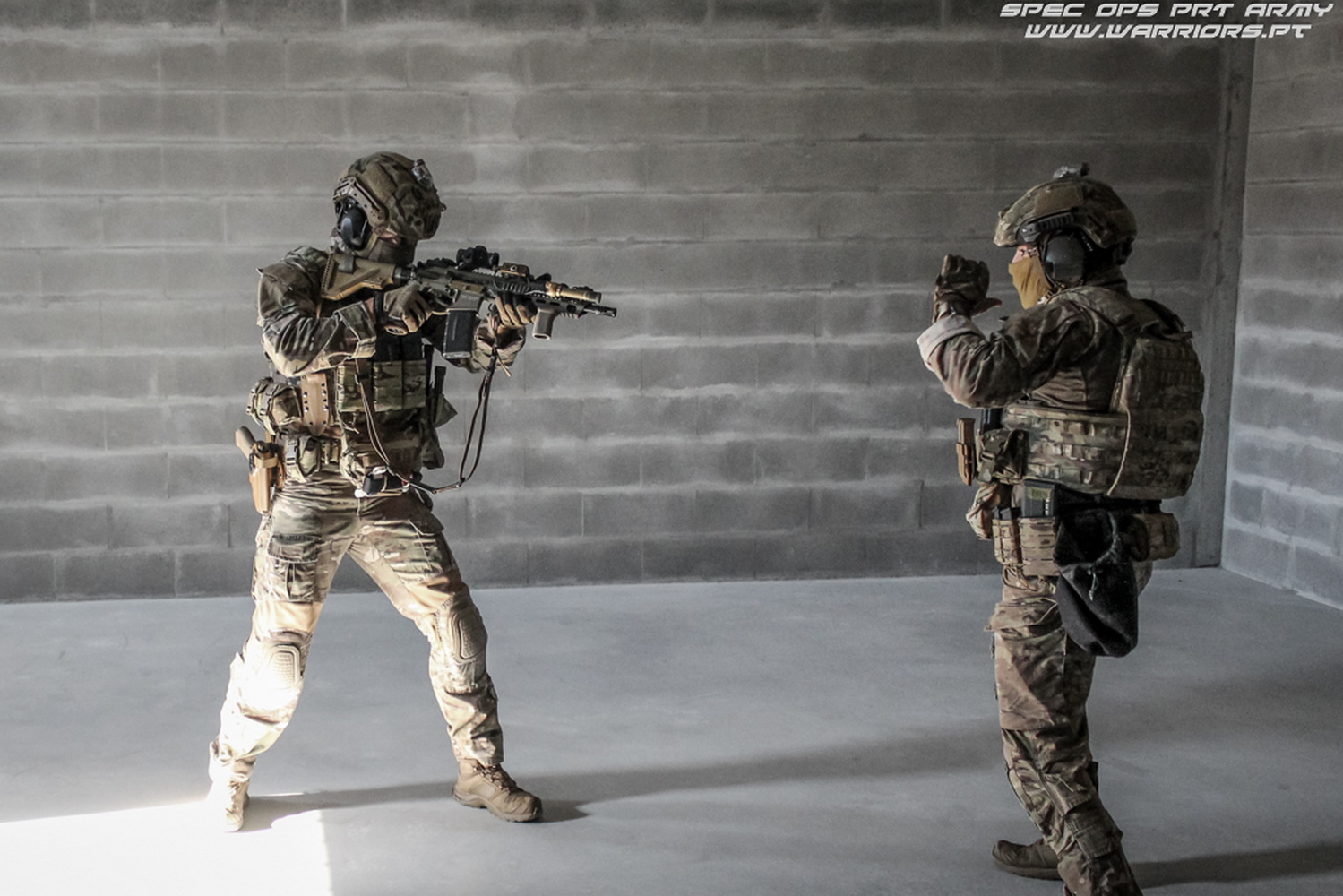
And it is these hours of training and the relentless pursuit of identifying and correcting gaps, that will force constant changes to technical programs. This change is positive, as it seeks to respond to the weaknesses and deficiencies found in previous programs. The constant changes in the characteristics of the battlefield, requires that the operational personnel of the FOEsp be masters in the CQB, which entails enormous responsibilities, namely in the adequate and solid learning of the combat skills, in a short and well defined period, that is you cannot spend years developing methodologies without being able to apply them safely and effectively.
Creativity and Adaptation will always be two allies for the cognitive and motor development of the Operational of the Special Operations Forces of the Portuguese Army.
A source: http://warriors.pt/galerias/combate-corpo-a-corpo-operacoes-especiais-do-exercito-portugues/
Author: Warriors.pt

























































































































